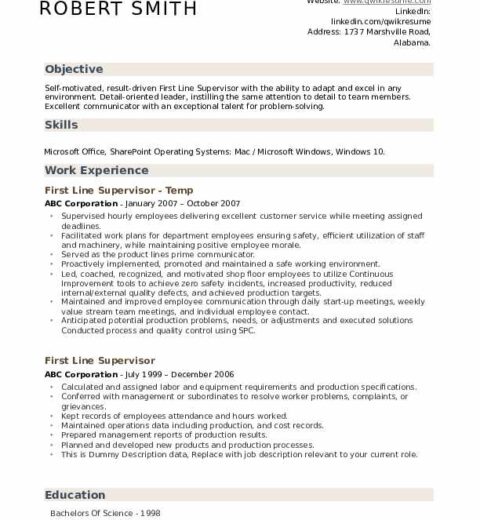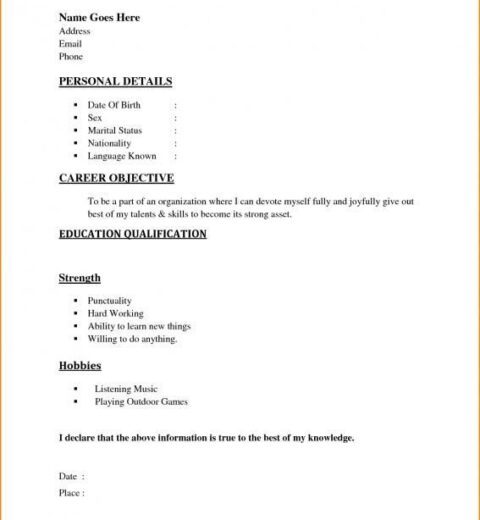When embarking on the journey of job searching, an essential question lingers in the minds of many candidates: “How many pages should my resume be?” The length of a resume can significantly impact how it is perceived by hiring managers. This article will delve deep into the nuances of resume length, drawing insights from recruiters to offer comprehensive guidance on this critical aspect of job applications.
First, it is imperative to consider the general consensus amongst industry professionals. Most recruiters advocate for a resume that ranges anywhere from one to two pages. The context in which one finds themselves plays a critical role in this determination. For example, recent graduates or individuals with limited work experience can often succinctly convey their skills, education, and accomplishments within a single page. On the other hand, seasoned professionals, who possess a wealth of experience and a plethora of skills to showcase, might require up to two pages for a thorough presentation.
However, the simplistic one-page versus two-page dichotomy belies a more complex reality. One must take into account the industry, the specific role, and the level of experience. Certain fields, such as academia or scientific research, may necessitate a curriculum vitae (CV), which can exceed two pages, detailing publications, presentations, and extensive professional history. Understanding the unique expectations of one’s target industry is paramount. For instance, creative fields like graphic design may allow for more innovative presentations, where traditional norms surrounding resume length can be challenged.
Another determining factor in deciding resume length is the critical concept of relevance. Every detail included in a resume must serve a purpose and be directly related to the position being applied for. Including extraneous information not only takes up valuable space but can also dilute the impact of key achievements. One of the cardinal rules of resume writing is to prioritize quality over quantity. Instead of simply extending the document to meet a perceived need, careful curation of content can often yield a more compelling narrative.
Moreover, in the digital age, where applicant tracking systems (ATS) survey resumes before a human even lays eyes on them, optimizing for brevity becomes more significant. Many organizations utilize ATS to screen candidates based on keywords and relevant experience. Therefore, distilling a professional’s career into an articulate one- or two-page document not only increases readability but also enhances compatibility with these automated systems.
In scrutinizing the ideal resume length, it is worthwhile to take heed of formatting. A crowded, text-heavy resume can deter even the most engaged recruiter. Emphasis should be placed on white space and logical organization. Utilizing bullet points and strategic headers can facilitate clarity. In doing so, a well-structured resume can communicate a wealth of information while still adhering to the preferred page count.
Equally significant is the inclusion of pertinent contact information, a professional summary, experience, skills, and education. Recruiters typically favor a concise professional summary at the top of the page, which succinctly encapsulates the candidate’s core competencies and career objectives. Following this, details of work experience need to be expressed using action verbs and quantifiable achievements, thus ensuring they do not merely occupy space but contribute meaningfully to the resume’s overall impact.
Another element that enhances the effectiveness of the resume is continuous adaptation. As one moves through their career, it is vital to revisit and revise the document periodically. Tailoring it for specific job roles demonstrates an understanding of the requirements of each position, and this not only applies to the content but also to the length.
To provide a clearer picture, conducting a survey of recruiter preferences regarding resume length can be beneficial. Research has shown that many hiring managers favor a resume that presents most candidates’ qualifications in a quick, digestible format. This perspective aligns with the increasingly time-crunched schedules of recruiters who often receive a high volume of applications. As a result, they are more likely to gravitate towards resumes that communicate essential information swiftly and effectively.
While one or two pages typically serve as a general guideline, one must remain flexible. The notion of “one size fits all” does not apply when crafting a resume. Instead, consider the following pointers: If you have fewer than 10 years of experience, strive for a single page; for those with over a decade, aim for two pages, ensuring that every piece of information adds value. Candidates should eschew unnecessary embellishments and instead focus on making an impactful presentation of relevant experiences.
Lastly, an often-overlooked aspect when discussing resume length is the psychological component. The resume is, in many ways, a first impression; thus, its length can dictate how a candidate is perceived. A meticulously crafted resume, regardless of its length, should evince professionalism, competence, and a careful attention to detail. By holding the document to a high standard, candidates subconsciously communicate their regard for the hiring process and the role they aspire to secure.
In summary, determining the ideal resume length is not a simplistic exercise in counting pages but a thoughtful consideration of relevance, industry standards, and the ability to convey one’s professional narrative succinctly. Aiming for one to two pages, fostering adaptability to the expectations of specific roles, and adhering to a clear and engaging format will empower candidates to present their qualifications effectively. By understanding the insights provided here, job seekers can create compelling resumes that open doors to their career aspirations.




